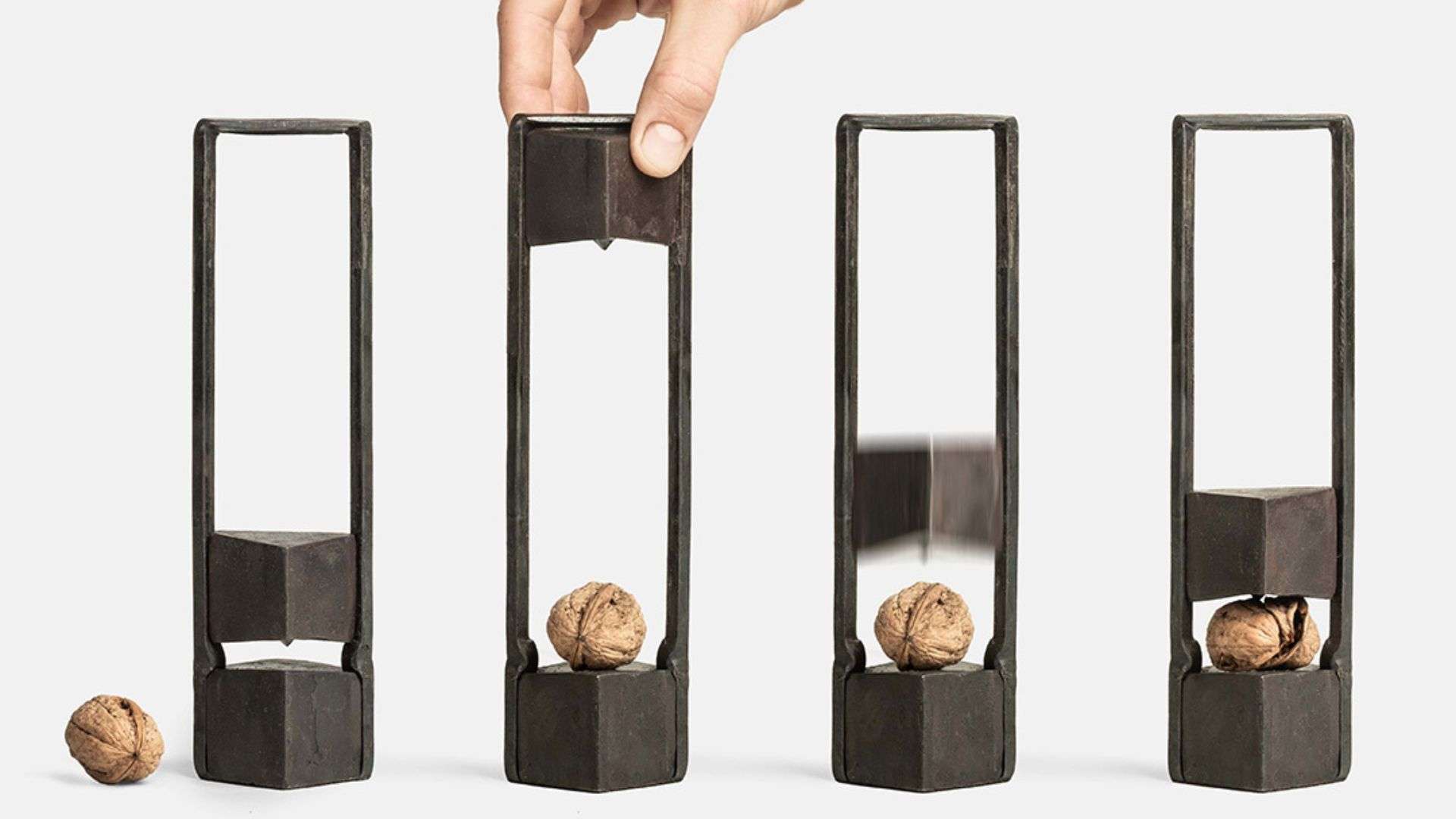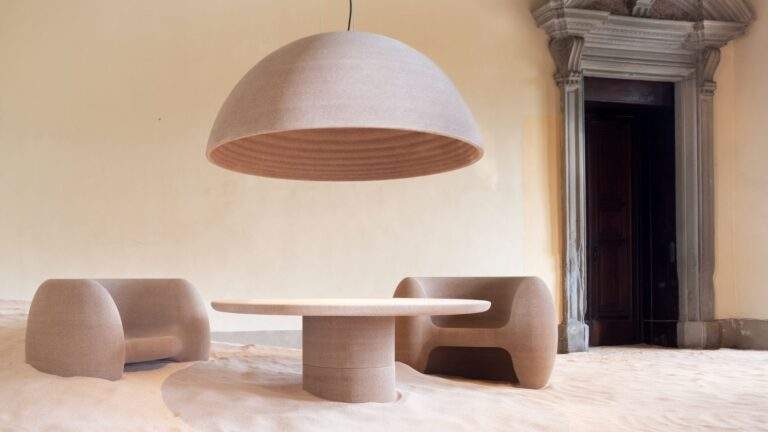The annual International Garden Festival is returning to the historic Reford Gardens in Grand-Métis, Quebec this summer, and five new projects have just been chosen to be featured alongside the prevailing gardens. Responding to the program’s 22nd theme, Magic Lies Outside, a complete of 160 designs from 17 countries were submitted from which the jury selected five winners and two special mentions.
The new gardens are often visited from Saturday, June 26 to Sunday, October 3, 2021.
Here’s a primary check out the winning gardens.
Hässja
Emil Bäckström, architect
Stockholm, Sweden

Project summary: “You can see them from afar, unknown, yet familiar creatures standing within the field – seemingly waiting. They catch sunlight and emit a warm double gold . The wind makes them move slightly. You see them during a constellation, grouped together, but never too on the brink of one another . they’re an equivalent kind, but each and each one among them have their unique shape and expression. a bit of nature that has been transformed into something living. once you get close enough, you’ll see that the creatures are made from many individual objects, stalks of hay. Moving closer, you’ll feel the distinct smell and you’ll touch the both sharp and soft flesh of the structures. then you crawl inside. The Covid-19 pandemic has taught us tons . it’s exposed a disconnection from nature, agriculture and therefore the importance of biodiversity. All round the globe, a regained interest in traditional, sustainable ways of inhabiting the world is emerging. Hässja is an installation supported one among these nearly lost arts of working the soil – hay-drying structures. The three structures, made out of the very plants surrounding them, aren’t only educational, they’re formed and arranged during a way that enhances their inherited visceral qualities. Unlike normal hay-drying structures, these have an indoor room. the tiny space inside each provides a refuge from the planet of today, and provides for reflection on man’s reference to nature, to past and future ways of inhabiting our land.”
Choose your Own Adventure
Balmori Associates (Noémie Lafaurie-Debany, Javier Gonzalez-Campana, Simon Escabi, Chris Liao, Cristina Preciado, landscape and urban designers)
New York, United States

Project summary: “In the center of a worldwide pandemic brought upon us partially by heating and its undeniable effects on all living things, fighting global climate change by modifying our current toxic relationship with other living things and elements of nature: soil, water, air, plants and animals is now critical. Rethinking our connection to nature, after living in lockdown, can start with appreciating natural phenomena: the gusty wind, the wet bark, the musky shade, the dry air, the sweet smell, the recent stone, the crunchy gravels… The garden challenges the still frame images posted on the planet wide web like the eighteenth century picturesque. Malcolm Andrews described tourists seeking the perfect landscapes as “‘fixing’ them as pictorial trophies so as to sell them or hang them up in frames on their drawing room walls” (aka Instagram of the twenty-first century!). But a landscape never happens twice, and its lack of fixity and hyper sensorial experiences are heightened through this easy matrix that forms the garden. Running East/West bands of planting intercepts North/South bands of various hard materials. CHOOSE YOUR OWN ADVENTURE, smell, touch, listen, taste and see.”
Miroirs acoustiques
Emmanuelle Loslier, landscape architect, Camille Zaroubi, landscape architect
Montreal, Canada

Project summary: “Sound mirrors are passive devices wont to reflect and focus sound waves. Historically, they were implemented across the coast of Great Britain during war I to detect incoming enemy aircraft. Sound waves bounce off the paraboloid reflector and meet at the focus where they’re amplified, creating the illusion that whatever is making the sound is true next to you. Miroirs acoustiques consists of two parabolic reflectors (recycled aluminum antennas) planted within the ground. Positioned back-to-back, one points to the festival, an anthropogenic environment, and therefore the refore the other points to a forested area and the St. Lawrence. Visitors are invited to experience the 2 contrasting soundscapes. The focus is marked on the bottom showing visitors where to face . A hole within the centre of the sound mirrors encourages visitors to watch the environment on the opposite side of the installation and, in doing so, places them within the optimal position to listen to the focused sound waves.”
Open Space
legaga (Gabriel Lemelin, Francis Gaignard, Sandrine Gaulin, interns in architecture)
Quebec, Canada

Project summary: “The title of this garden says it all — this installation may be a figurative and literal open space. In Open Space, the walls of a typical house are opened bent create an open plan with endless possibilities. With a flick of a wand, everyday household objects—doors, staircases, windows and walls—take on new meaning. we will walk up and down the walls, dangle our feet through the door, stand and chat round the staircase, sit on the fireside , the chances really are endless. within the past year, houses became a logo of lockdown. In Open Space, they are going back to being a fun, safe and familiar place where you’ll let your imagination run wild. And once you let your imagination run wild, you’ll find magic anywhere.”
Porte-bonheur
David Bonnard, architect DE-HMONP, Laura Giuliani, landscaper, Amélie Viale, visual artist
Lyon, Villefranche sur Saône et Lissieu, France

Project summary: “Doors have long been considered a departure point, a gateway to step through on our thanks to adventure. Yet within the past year, doors have taken on a special meaning. instead of throwing the door open and heading to adventure, our doors have remained firmly shut, keeping us aside from the people we love. Porte Bonheur may be a rite of passage between reality and potentiality. The installation invites visitors to dare to throw open the door, to cross thresholds, to travel outside and to explore their surroundings with all the wonder of alittle child. A reawakening through subtle distortion where a door—our daily symbol of lockdown—becomes something virtual and gradually disappears because the visitor wanders through the installation towards a replacement horizon. A natural, peaceful horizon, because there’s little question about it, the magic is outdoors.”
The jury also announced two special mentions:
(in) between soils
ONE-AFTR (Joon Ma, architect, Ryu Ahn, architect)
Boston and New York, United States

Bonheur plat
Céline Arnaudeau, multidisciplinary designer, Marc-Antoine Goyette, designer and traditional carpenter
Montreal, Canada








